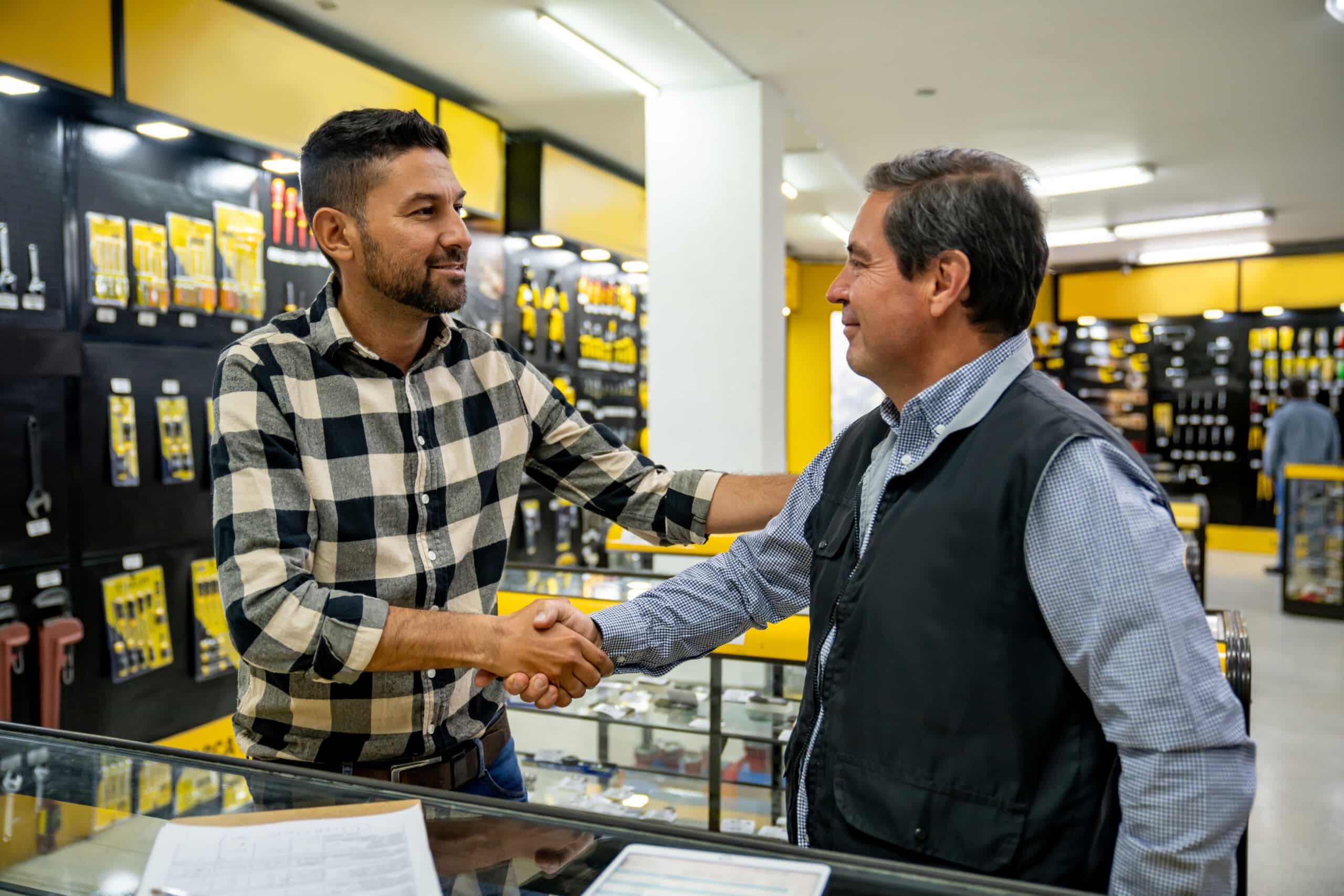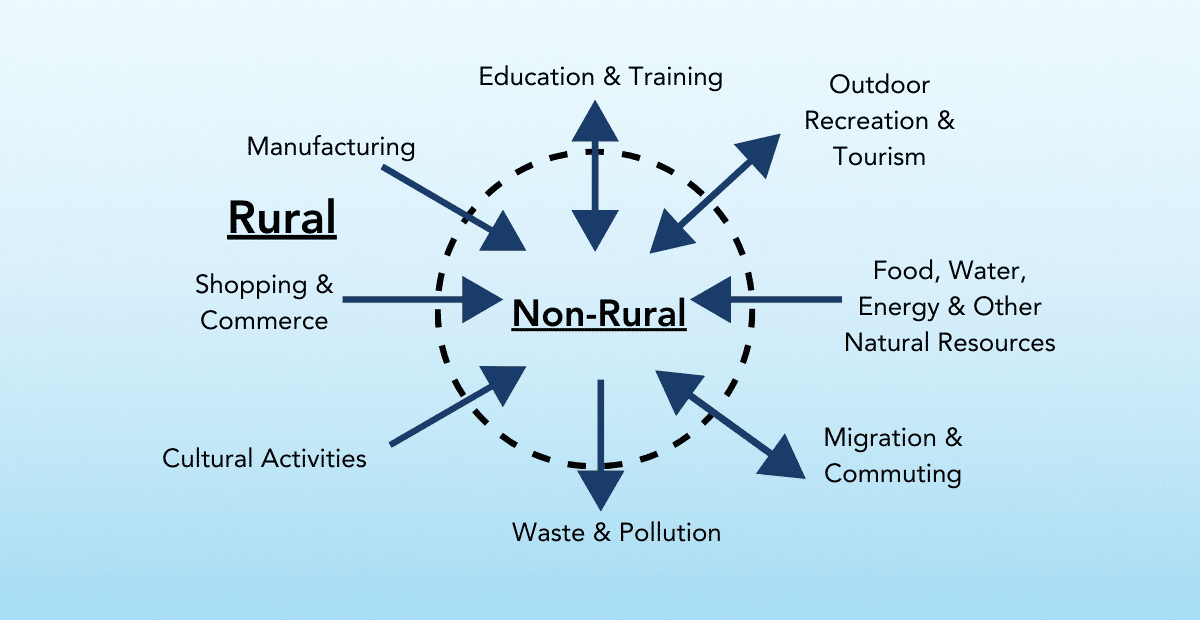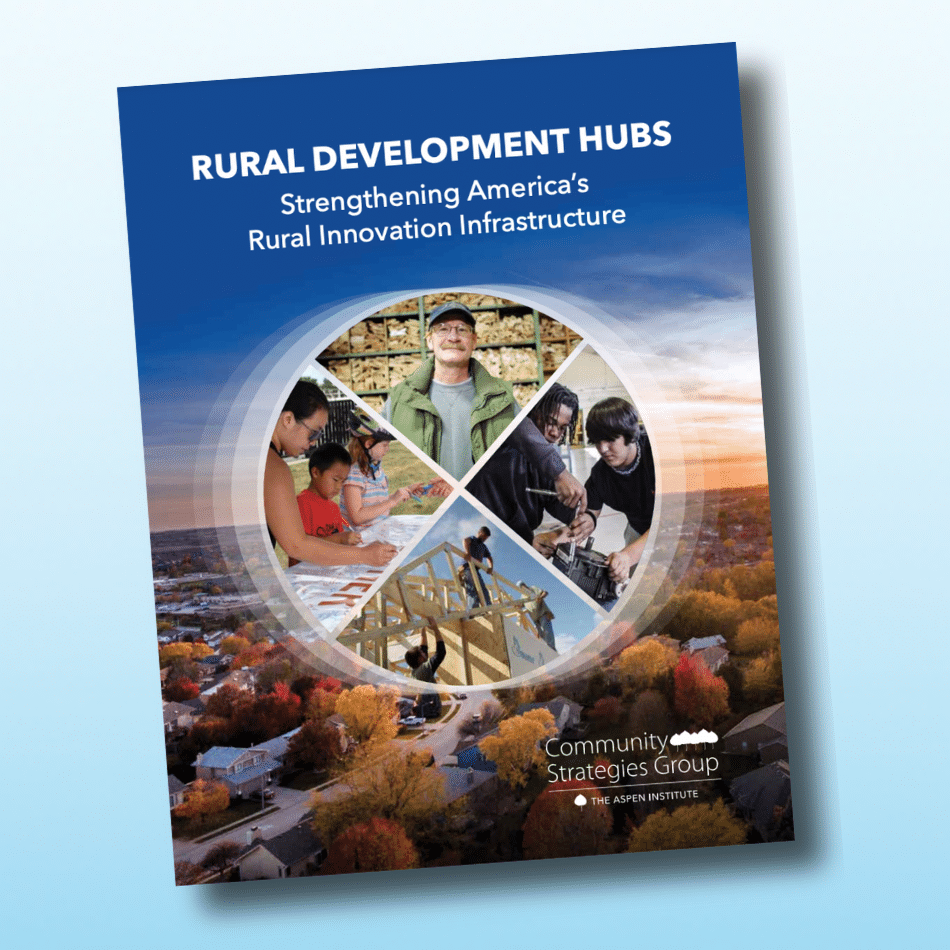View this Publication
Featured highlights are below. Click the button above to read the full case study.
Vision: EACH AND EVERY PERSON BELONGS, LIVES WITH DIGNITY, AND THRIVES
Thriving communities are built on connection and shared purpose. Achieving this requires authentic welcoming—the kind that fosters true agency, as outlined in the first building block of the Thrive Rural Framework, Welcome All to the Community. This approach ensures that each person is genuinely welcomed, feels a sense of connection, and can influence decision-making. When this type of welcoming takes root, it leads to a deeper sense of belonging: when residents truly feel they belong to a community, the community, in turn, belongs to them—empowering them to join with others in shaping their shared future.
While welcoming and belonging are important from the perspective of the individuals affected, they are also essential for the success of the community as a whole. Rural communities need all residents’ full participation in economic and civic life. With a limited number of people to contribute their talents and energy, a rural place cannot afford to exclude anyone if the community is to thrive.
Many rural communities have suffered the negative impacts of population decline for decades. But in some places, recent influxes of new residents—sometimes migration from outside of the US with different languages, cultures, and traditions from longtime residents, sometimes migrations from other regions within the country whose culture and traditions may also be different—have brought new opportunities for growth, as well as challenges related to belonging. Who is welcome in these rural places, or more importantly, who is welcome to belong? Who does the community belong to? How can these communities move forward together toward equitable rural prosperity?
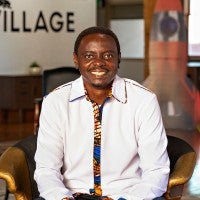
“Each rural place is different, but in the Mississippi Delta, we have a demographic shift—residents are getting older, and we have a brain drain with young people moving out. Immigrants can be an asset, bringing new energy and making our communities more vibrant.”
Benito Lubazibwa, ReMix Ideas
WHAT IT WILL TAKE: RELATIONSHIPS, TRUST, AND TIME
New residents bring talent, energy, and opportunity to rural communities, especially those that have seen their populations decline in recent decades. However, as case study participants emphasized, channeling this energy into thriving for the whole community takes intentional work. To thrive, communities must ensure all residents belong, including newcomers and established groups.
Participants made it clear that the work of belonging goes beyond stating that all are welcome and providing equal access to resources. Fostering belonging requires building trust and relationships between people and communities, which takes time. In participants’ experience, informal but frequent conversations between people in rural communities work best to build trust and relationships. This is represented in the Build Momentum building block in the Thrive Rural Framework. Building momentum is an important strategy to overcome a lack of hope and build trust. One of the best ways to do that is to take on and celebrate small wins in community efforts. For example, regular community meals and informal discussions can help neighbors get to know each other across cultural groups. Community leaders can also leverage trusted infrastructure—churches, schools, community organizations—to promote understanding and build relationships.
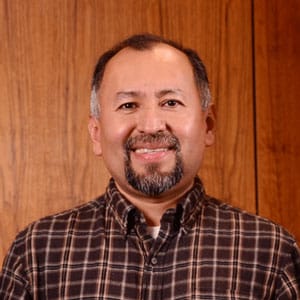
“We’ve found we get a higher impact when we work on the small, human level. When we have big celebrations, everyone is happy to come to eat, and then they’re gone and nothing has changed in the community. But small groups exchanging experience, understanding, learning from each other—that has an impact.”
Ricardo Perez, Hispanic Affairs Project
The need to keep the work authentic and focused on connection was a consistent theme.
Participants expressed concern that welcoming and belonging could end up like some diversity, equity, and inclusion (DEI) initiatives—a box organizations must check to receive funding rather than a locally-driven process that strengthens the community. Along the same lines, participants stressed the importance of finding locally appropriate language to talk about belonging: language that builds connections, bridging rather than dividing along political lines. (For more resources on effective communication in polarized times, see Aspen CSG’s case study Communicating for Connection: West Virginia Community Development Hub.)
Strong community relationships can overcome divisive rhetoric. One participant shared the story of a Salvadoran immigrant who worked in a restaurant in a small community. When he was threatened with deportation, the entire community—including elected officials who would usually oppose immigration—came together to defend him as “one of us.” Other participants noted that communities can take advantage of such moments of attention and urgency to have vital conversations and advance belonging.
To create a community where everyone truly belongs, local community leaders can lead by example, modeling reasoned and patient responses to conflict and difference. Resources from organizations like those who participated in this case study can help local governments and community groups navigate these challenges and move forward.
Philanthropy can help provide resources for local communities to do this work and support broader efforts to counter misinformation and improve the information ecosystem around differences and commonalities in rural communities. Narratives and stories of growth, belonging, and thriving can help rural residents envision a future of positive change.

“American society and discourse has not been very civil in recent years. There’s so much misinformation circulating, increasing division. Philanthropy can play a role, as well as the nonprofit sector.
We all have our eye on our own prize, but don’t have a shared vision for collective change and what that looks like in the world. Communications work can be really powerful, but it’s not happening very well.”
Karen Sherman Perez, Hispanic Affairs Project
Rural nonprofit organizations can play a critical role in advancing belonging, including moving from a scarcity mindset focused on competing for limited funds to a focus on growth and abundance, aligning around common goals, and working collectively for the good of the community.
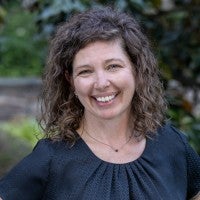
“It’s so hard for local governments and nonprofits to get out of the scarcity mentality. It feels like there’s a finite amount of resources, so instead of being able to work together to tackle the big issues, everyone feels like they have to fight for their piece of the pie.
We need to do something to change that for rural areas that don’t feel like they have the resources to meet their communities’ needs and provide the services in an equitable way.”
Molly Hilligoss, Welcoming America
What comes next?
Aspen CSG’s continuing work on welcoming and belonging will include a focus on welcoming and belonging in an Indigenous context.
Related Resources
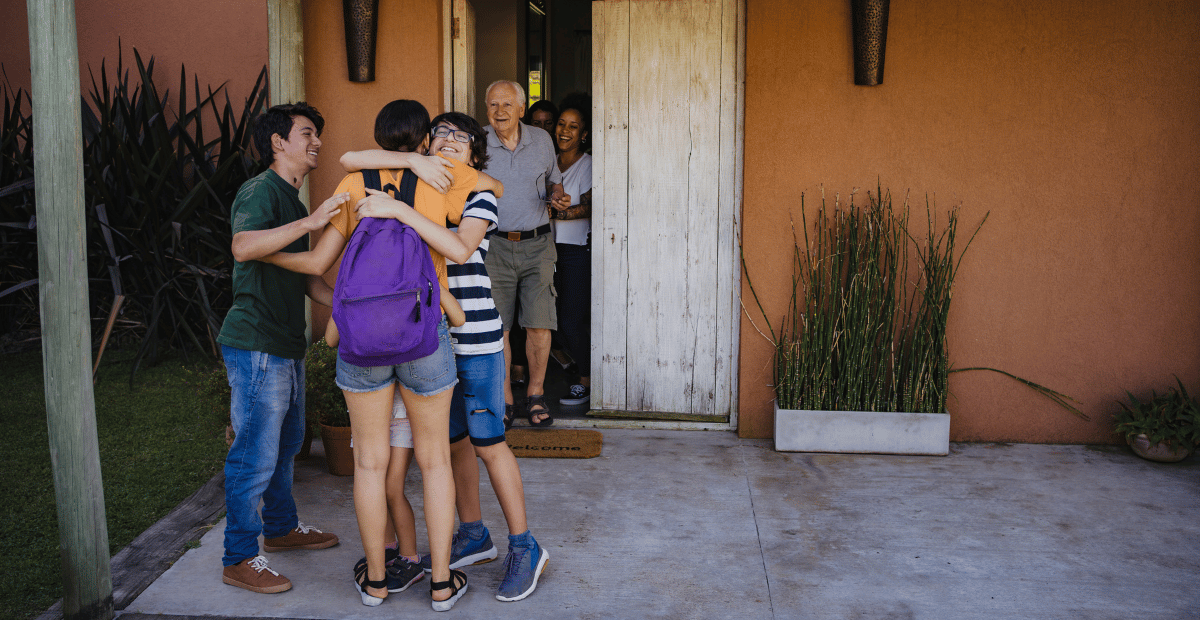
Ensuring Rural Communities Welcome Everyone
Resources and best practices to ensure that each and every person is welcomed to the community, feels connected, and is able to exercise and influence power in community decision-making.

Welcome All to the Community
Each person is welcomed to the community, feels connected, and is able to exercise and influence power in decision-making.
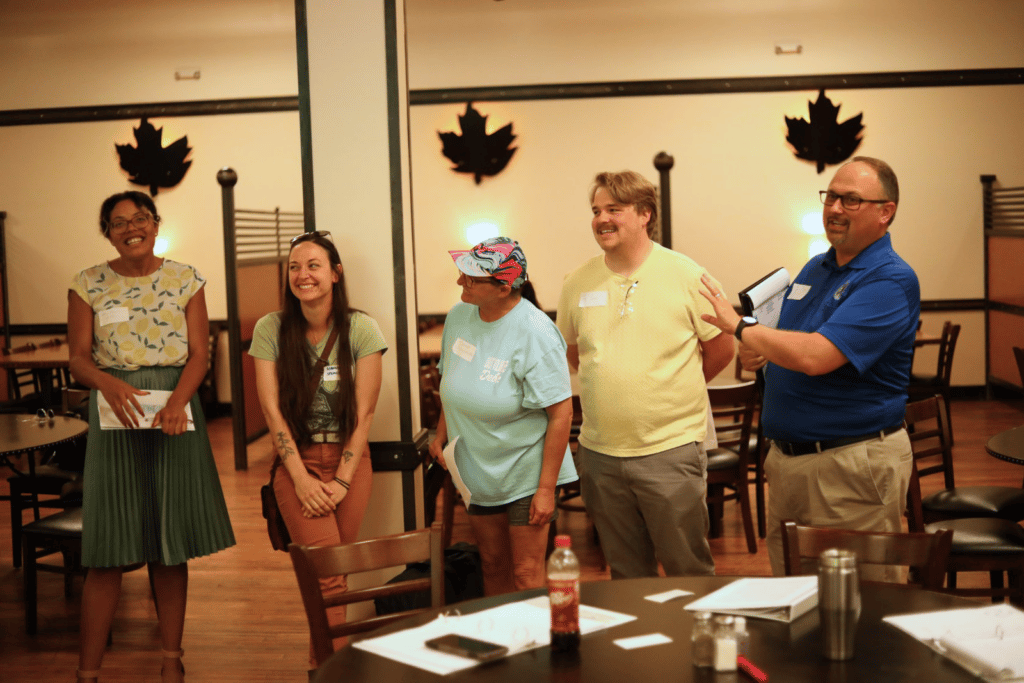
Communicating to Connect: moving beyond neutrality
This short case study has insights and tips to move beyond neutrality and still communicate effectively across the political spectrum.
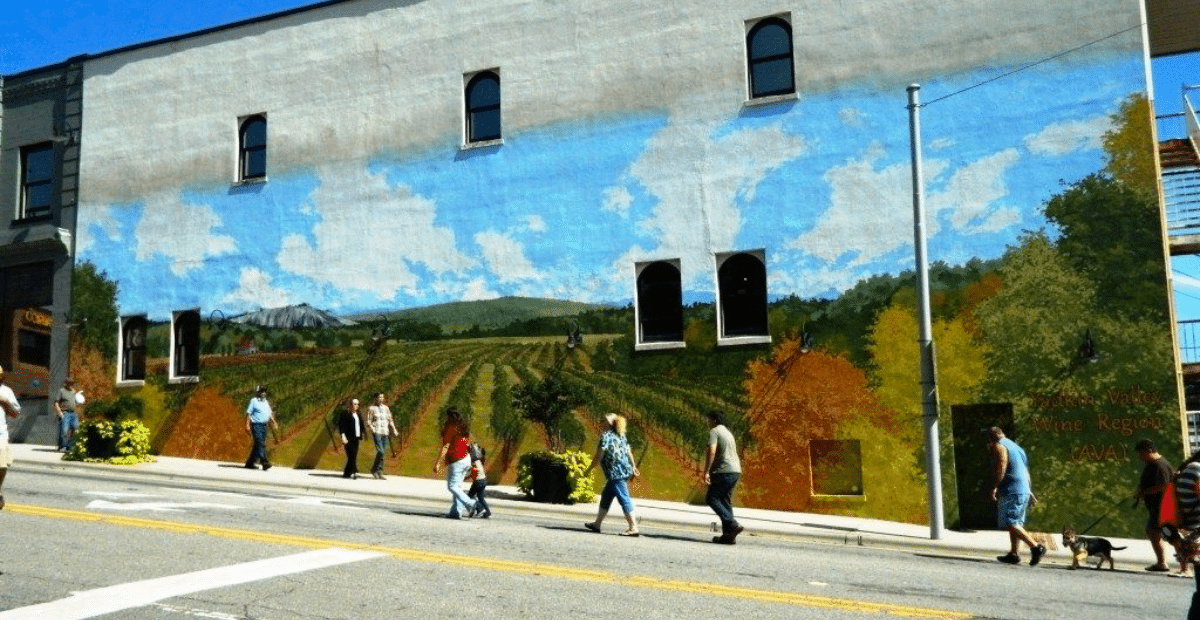
Field-Based Rural Placemaking: Event Recap
This post-event blog has concrete rural placemaking strategies and takeaways relevant to communities of every size.

Build Momentum
Communities and regions, no matter their starting points, produce and celebrate the small wins and steady progress that fuel hope and persistence.
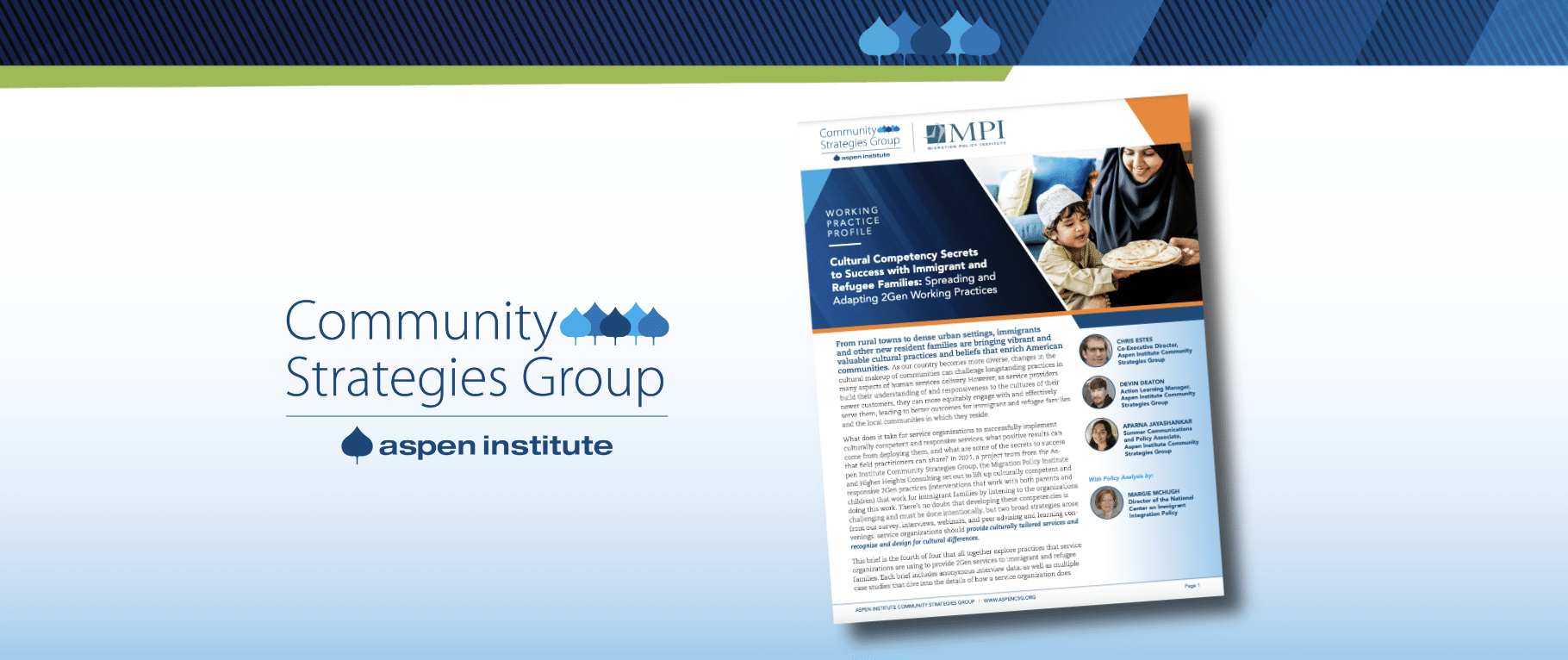
2Gen Cultural Competency Practices with Immigrant & Refugee Families
The cultural shift for immigrant and refugee families can be welcomed for some and terrifying for others, but what are…

Advancing NextGen Rural & Indigenous Leaders
Insights and tips to identify, establish, and sustain youth leadership in rural and Indigenous communities.
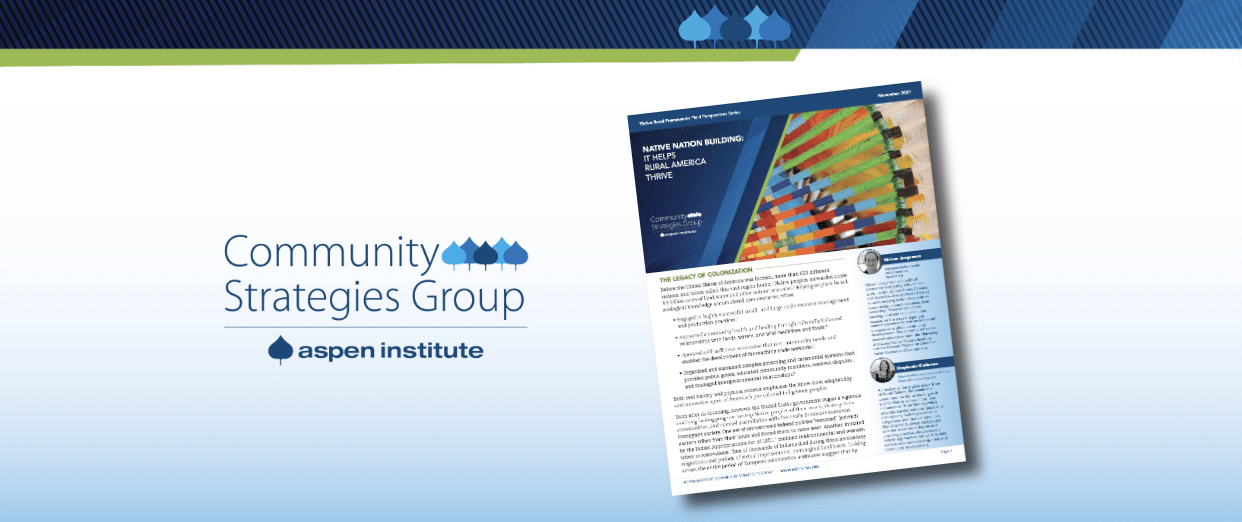
Native Nation Building: It Helps Rural America Thrive
Native nations and rural communities, working side-by-side and together, can strengthen the potential for thriving rural regions.
Aspen CSG’s consultant Rebecca Huenink led the writing process for our What’s Working in Rural series. We are grateful for her contributions.

